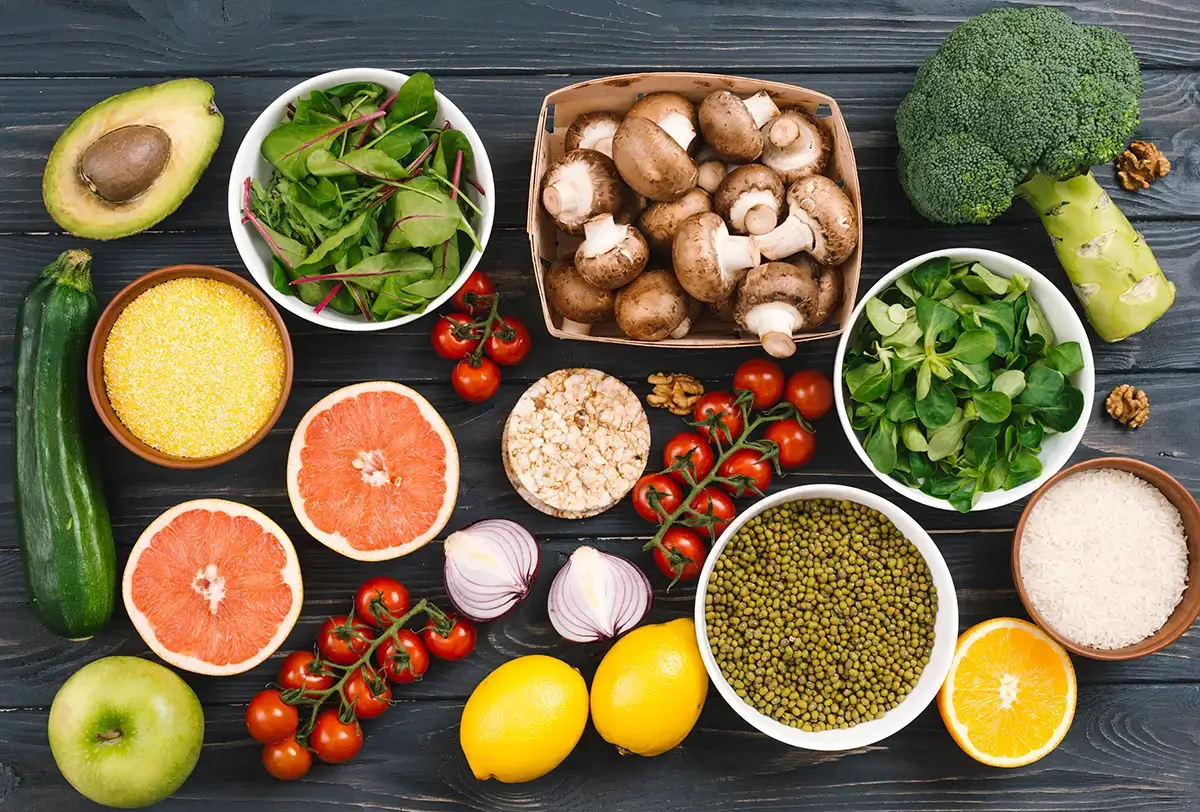Unveiling Food Allergies and Intolerances: Eat Healthy and Without Fear
In today’s fast-paced world, food plays a crucial role in physical and mental well-being. However, for many individuals, mealtimes can become a challenge due to food allergies and intolerances. Understanding the differences between these disorders, their symptoms, and management methods is essential to ensure a full and flavorful life.
According to data from the Ministry of Health in 2024, an estimated 6% of Brazilian children have food allergies, while lactose intolerance affects about 46% of the adult population. These figures reinforce the importance of addressing this issue seriously and providing accurate information to the population.
Understanding the Differences:
The main distinction between food allergies and intolerances lies in the mechanism by which the body reacts to certain foods. In food allergies, the immune system mistakenly identifies a component of the food as a threat, triggering an exaggerated inflammatory response. In food intolerances, the difficulty lies in the incomplete digestion of a specific nutrient, such as lactose in the case of lactose intolerance.
Symptoms and Causes:
Food allergies can have immediate and severe symptoms, such as hives, facial swelling, difficulty breathing, and even anaphylactic shock. Symptoms of food intolerance, on the other hand, usually manifest gradually and less severely, and may include nausea, diarrhea, gas, and abdominal bloating.
The causes of food allergies are not fully understood, but genetic and environmental factors appear to be involved. Food intolerance, on the other hand, is often related to a deficiency of specific digestive enzymes, such as lactase in the case of lactose intolerance.
Common Foods:
Some foods are frequently associated with food allergies, such as milk, eggs, soy, wheat, peanuts, nuts, fish, and shellfish. Lactose intolerance is more common in individuals of African, Asian, and Latin descent.
Diagnosis and Treatment:
The diagnosis of food allergies and intolerances usually involves a combination of medical evaluation, skin tests, blood tests, and a detailed record of the patient’s symptoms and diet. The treatment varies depending on the type of disorder and the severity of the symptoms. In food allergies, the main measure is the complete elimination of the allergenic food from the diet. In lactose intolerance, treatment may include the consumption of lactase supplements or the choice of low-lactose dairy products.
Living Well with Allergies and Intolerances:
Dealing with food allergies and intolerances requires planning and attention, but it doesn’t mean giving up a full and flavorful life. The support of a nutritionist is essential for creating a personalized meal plan, rich in nutrients and adapted to individual needs.
Conclusion:
By understanding the differences between food allergies and intolerances, their symptoms, causes, and management methods, we can demystify these disorders and empower people to live a full and flavorful life in 2024. Through professional guidance and conscious food choices, it is possible to live well, with health and without fear!
Sources Consulted:
- Ministry of Health: https://www.gov.br/saude/pt-br
- Brazilian Society of Allergy and Immunology: http://www.sbai.org.br/home.asp
- Brazilian Association of Nutrition: https://www.asbran.org.br/
- World Health Organization: https://www.who.int/














